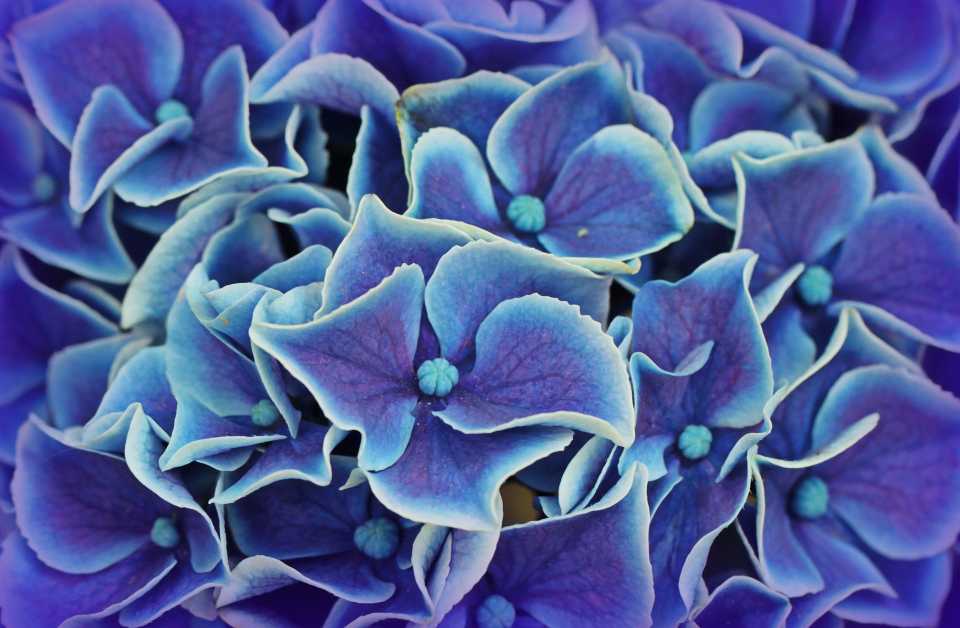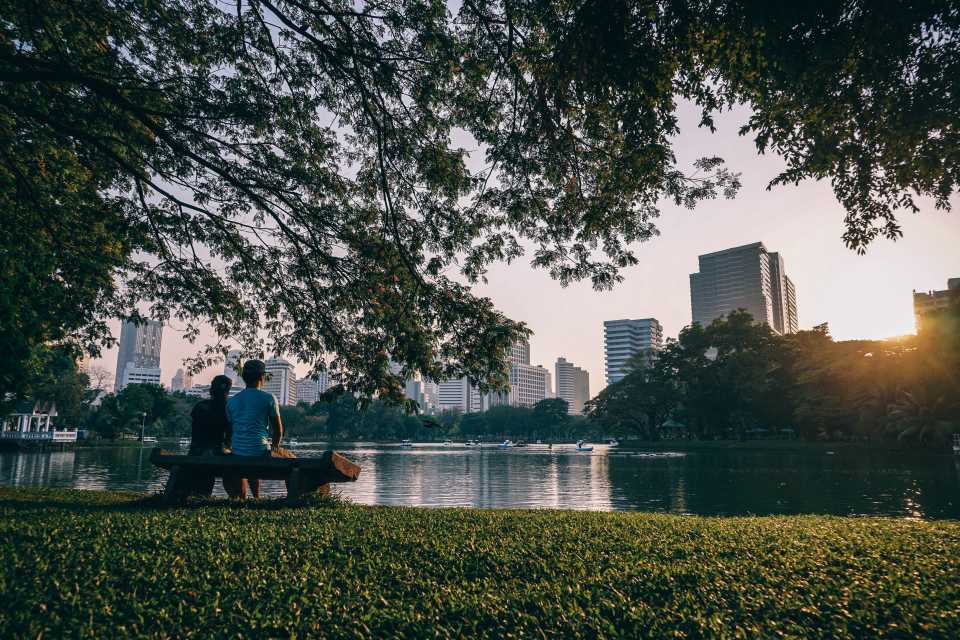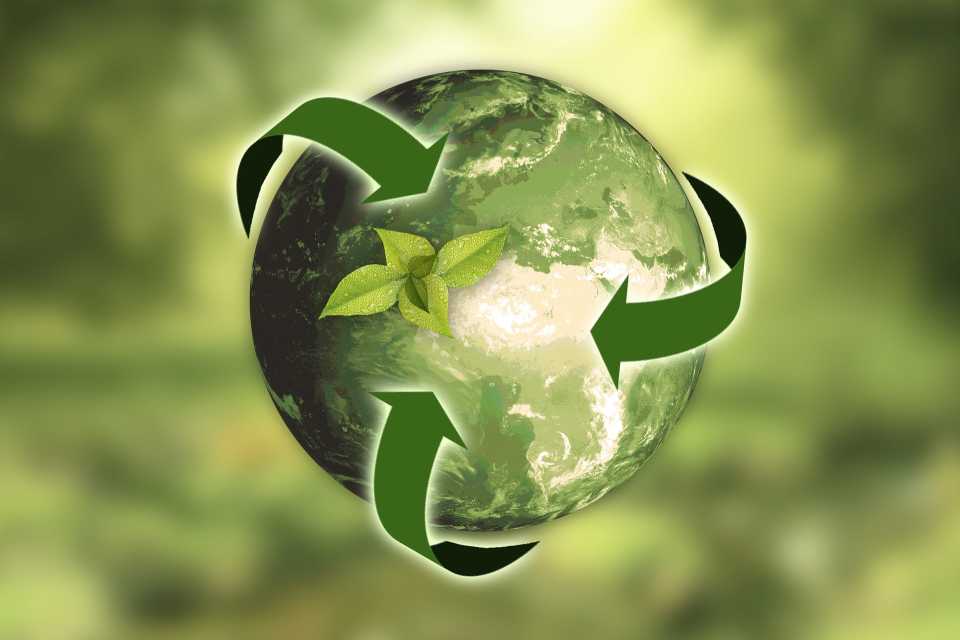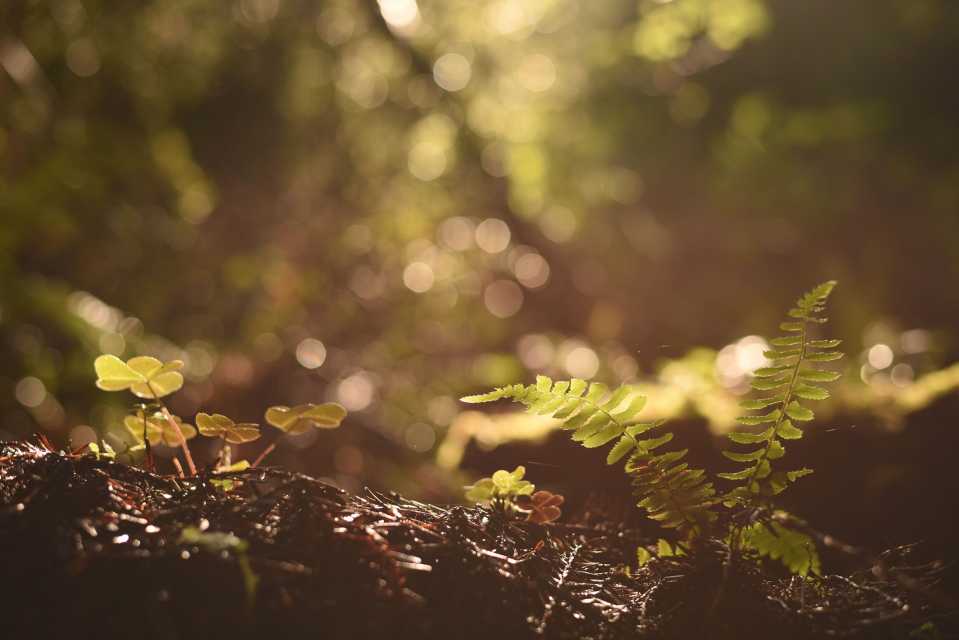
When it comes to predicting the landscape trends that will emerge next year, Garden Media Group is seeing 2020 and beyond very clearly. Their 2020 Garden Trends Report gives us a look at what consumers may demand and landscape professionals may experience in horticulture into the early 2020s.
This year’s trends should help reconnect people with nature and soil, leading to a more thoughtful approach, explains Katie Dubow, Garden Media Group’s creative director.
Let’s dive into six of their predicted trends.
#1: Cities of the Future
Seventy percent of the world’s population will want to live in cities by 2050, according to a report from Ikea published in Bloomberg. While urbanization can improve education, employment opportunities and connection for those living in cities, city dwellers are also continually longing for nature. As a result, tranquil, plant-filled environments for business and pleasure are becoming not only landscape trends, but also necessities.

Central Recreational Districts (CRDs) are on the rise, replacing Central Business Districts (CBDs). They are defined as areas that include parks, historic landmarks and tourist destinations to escape the hustle and bustle of the city. They result in 16% higher housing prices, 10% growth in population and jobs, and attract 3% more college graduates, Dubow explains.
Also green infrastructure and horticulture will continue to combine to help educate urbanites on creating desirable cities by propagating, growing and maintaining plants. This includes trees, which help control stormwater runoff, and reduce heat and air pollution.
#2: Circular Economy

Global consumption tripled since 1970, yet just 9% of materials consumed globally are re-used.
A circular economy is one that minimizes waste and makes the most of resources.
The goal for folks trying to appeal to customers and follow these recycle and reuse landscape trends: Deliver more customer value with minimal waste, Dubow suggests.
#3: Green Collar Jobs
All of this urban growth (outlined above) creates landscape trends in energy efficiency and resource sustainability. Also, experts predict gardening as a hobby is to reach $49.3 billion by 2023.
However, there are double the jobs available than students to fill them; jobs in horticulture outnumber graduates two to one.
Seed Your Future research shows children are familiar with and excited by terms like pollinators, plants and growing food, but none of them have heard of the term “horticulture.”
“The passion is there, but when it’s time to pick a major, plants are not considered a career,” Dubow points out.
With the rising cost of college, forecasters expect enrollment to dip 15% by 2025. While jobs exist that require much academic study, there is demand for green jobs that require less college education. Careers in urban agriculture, environmental sustainability or garden installation, for example, may only need an associate’s degree or vocational program to launch a fruitful career. Apprenticeship programs also can provide lawn and landscape industry opportunities.
#4: Endangered Soil/Regenerative Gardening

Erosion and deforestation have washed away one-third of the world’s topsoil, and soil in general has been stripped of nutrients. If current trends continue, soil as needed could be gone by 2050, says The United Nations Food & Agricultural Organization.
Regenerative practices aim to rebuild soil organic matter, restore degraded soil, sequester carbon and reduce runoff. Composting, for instance, reduces waste and creates a probiotic for the soil.
#5: Indoor Plants

Houseplants are having a moment, Dubois says, and they can even be a way for people to connect outside of the home as well, via pub crawls and plant swaps.
Plants clean the air, reduce stress, bring life to rooms, enhance creativity and connect people with nature. The obsession with house plants grew 10% in 2018 in the U.S., according to Euromonitor.
As younger generations find themselves with less space, time and money, they are turning to indoor plants for their benefits. Euromonitor says currently the largest proportion of plants sold are succulents, followed by tall indoor plants.
Your possible opportunities: Educate your customers on plant benefits and offer indoor landscaping options.
#6: Indigo

From a soft summer sky to the deep mezmerizing sea, indigo is the season’s color of choice.
Blue plants continue to be the most sought after hue in the garden–from hydrangeas to salvia. Ornamental edible berries are also adding blue tones to this landscape picture.
You should also expect to see indigo in containers/pots, pillows and other outdoor decor.
You Have the Trends … Now What?
Staying on top of trends allows you to take advantage of new opportunities and remain on the cutting edge, Dubow encourages.
“For years we’ve identified shifts in habits and growth that affect both consumer and professional horticulture,” she explains. “From the way we design our cities to the people who work in them, the green industry will be at the forefront of urban growth and development in 2020.”
She suggests the following ways lawn and landscape professionals can use these trends:
- Trends drive consumers and consumers drive your sales.
- When known well enough in advance, trends help you select the products and services your customers will crave.
- Trends can ignite a new business, customer or service experience.
- Knowing and sharing trends can make you a gatekeeper, trendsetter and influencer in your market.
- Staying on top of trends and taking advantage of the opportunities they provide can help breathe new life into your business.
What are the trends you’re expecting to erupt in your local market in 2020?


Comments are closed.